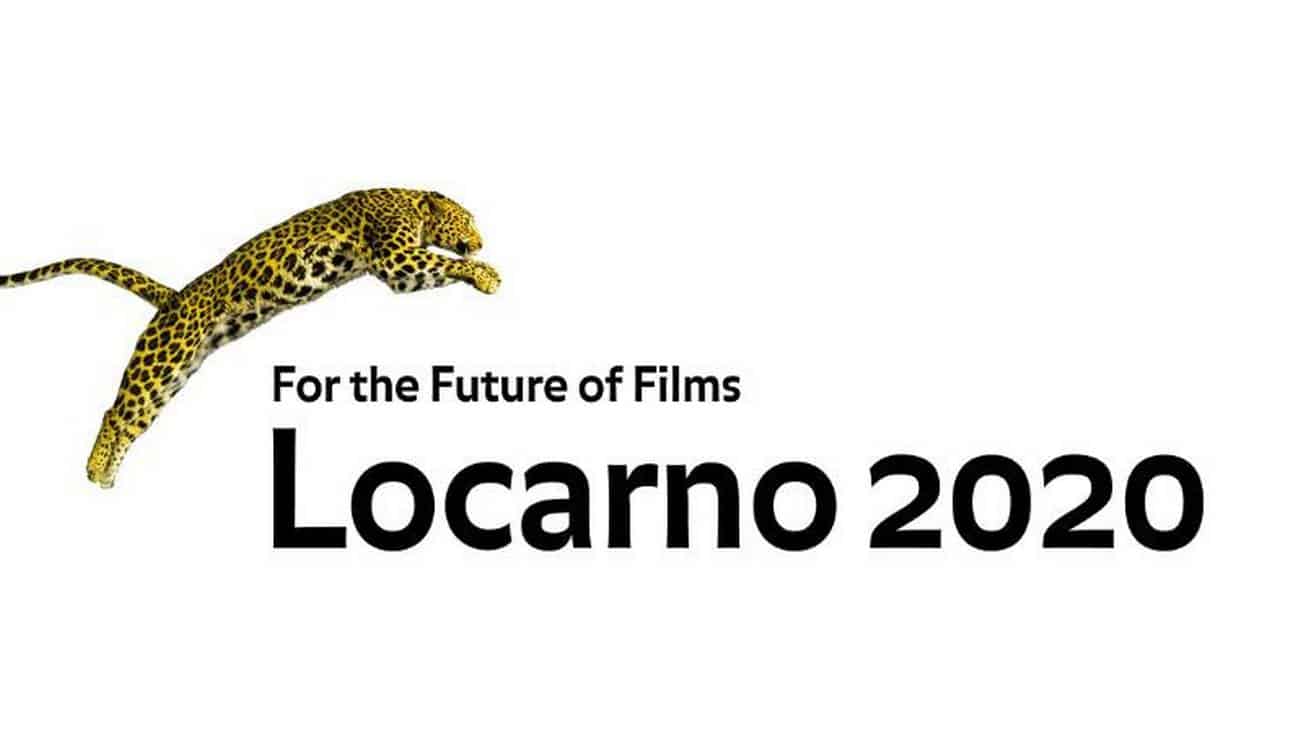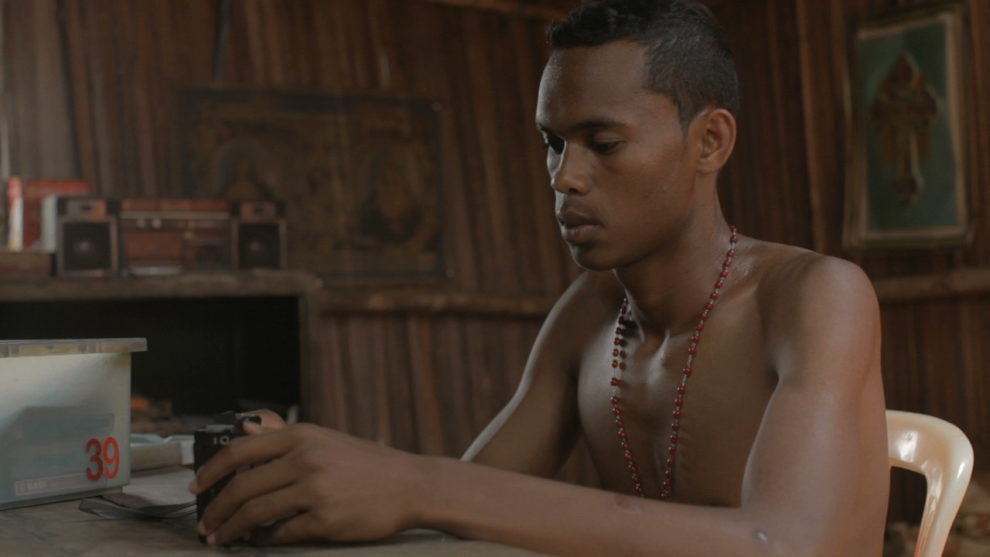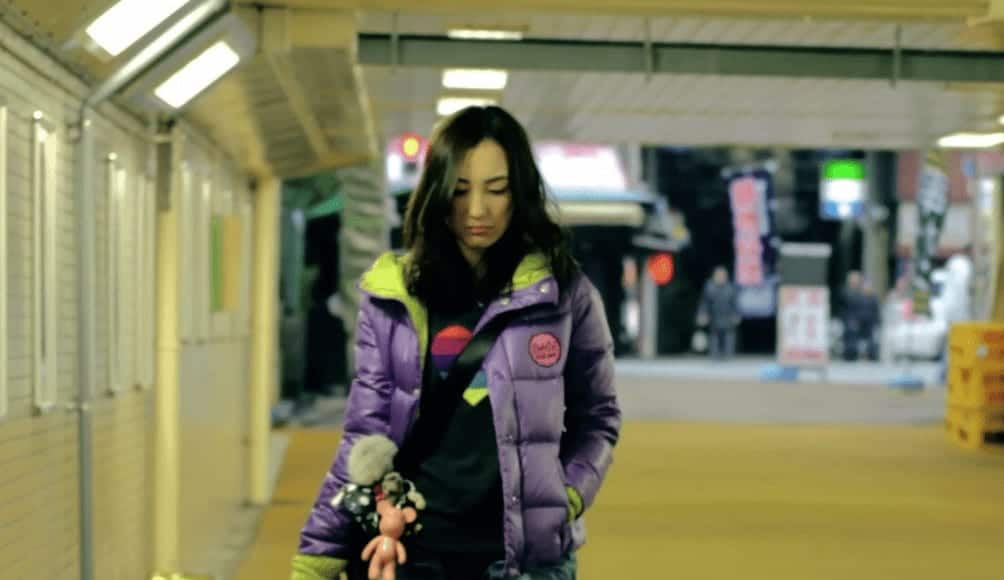Shot on location in the eponymous border town between Indonesia and East Timor, Riri Riza's “Atambua 39° Celsius” deals with the consequences of the 1999 referendum which split the hitherto Indonesia-occupied island into two. Partially crowd-funded and using mainly Tetum, the language of the people from Timor Island, the movie premiered at the 25th Tokyo International Film Festival. It has since been shown at numerous festivals around the world and garnered many awards.
Atambua 39° Celsius is Screening at Locarno Film Festival

Joao Bautista (Gudino Soares) lives with his estranged pro-Indonesia father Ronaldo (Petrus Beyleto) in the city of Atambua. Like the majority of its residents, they are just two of the 250 000 people who left their native lands following the 1999 referendum, while the rest of their family chose to stay in the newly created East Timor. Now, Ronaldo works as an inter-city bus driver, spending most of his working hours and money on alcohol and gambling, whereas Joao spends his days hanging out with friends, cleaning his father's puke, and listening to his mother's cassette tape “letters.”
One day, Nikia (Putri Moruk) comes back to Atambua from Kupang to perform the mourning rituals for her deceased grandfather. Smitten with her but not knowing how to show it and having had enough of his father's stubbornly self-defeating behavior, Joao tries to find Nikia in Kupang. Just then, Ronalno hears his wife's voice for the first time in ten years and realizes the results of his life in denial.
Inspired by stories heard by him while in Atambua, Riri Riza (“Eliana, Eliana”) creates a slow and languid film that is political yet never feeling overly so to the point of forgetting the human aspect of it. Rather, he shows how political decisions, even ones from the past, have large consequences for individuals, families, and entire communities, as the ones on the divided island of Timor.
As subtly shown thorough “Atambua 39° Celsius”, the consequences of this political decision are felt even now and have created people who live between two countries and cultures, between past and present. Even more, their future will always be defined by the referendum from 1999 and their decision to stay in either country. This is nowhere better seen than in two short scenes. The first is when Nikia tells that no-one nowadays remembers the black mourning cloth used by the people on the island, while the second, a group of people trying to carry the remnants of a member of their community over the border. Though dealing with death and shown only in passing, both scenes speak volumes of the personal and societal repercussions of the referendum.
Yet, all of this is shown in a very subtle and restrained manner. Never to the point of feeling preachy or forgetting its main focus, that on the people that inhabit the place and their personal stories. Instead, Riza uses the political and cultural history to give contextual meaning to the stories of the people within.
Like noted earlier, “Atambua 39° Celsius” is shot on location in the settlement, with local residents as actors and it is obvious. It shows not on the sense that they are amateurs who act unconvincingly or have no screen presence, quite the opposite. All of them, from the elderly people sitting under makeshift shades to the market sellers and billiards players, feel so authentic that we can read the history of the region on their darkened, hardened faces. This lends a strong semi-documentary feeling to the movie.
A special mention, of course, deserve the three leads, Gudino Soares, Petrus Beyleto, and Putri Moruk, all of whom portray their characters with a lot of depth and emotional complexity, again due to their closeness with the themes of the movie and the fact they use their native language.
The cinematography by Gunnar Nimpuno not only aptly translates the themes explored by Riza in the film, but also manages to add a new layer of meaning to it. The beautiful skies clash with the dead drabness of the settlement where the movie takes place, creating the impression for people stuck in-between two lands and cultures, living, or rather existing, in a limbo.
This feeling is strengthened by the color palette and severely muted sound design by Satrio Budiono which make the viewer experience the oppressively scorching heat of the savannah the people inhabit. They move slowly and the sometimes documentary-style cinematography follows them suit, slowly and languidly.
At some point, we start feeling so hot that everything becomes like a fever dream. The shots start to go in-and-out of focus and the fade-ins and fade-outs by the editor Waluyo IchwandiarDono become longer as if we come in and out of consciousness. All of this creates the impression of what hallucinations from heatstroke might feel like.
Though somewhat slow and repetitive, Riri Riza's “Atambua 39° Celsius” is a beautifully shot and thoughtfully executed film that shows a story that is both personal and universal.















